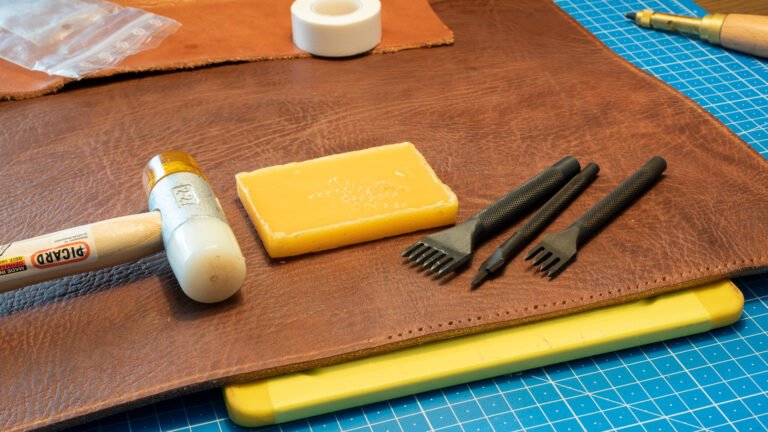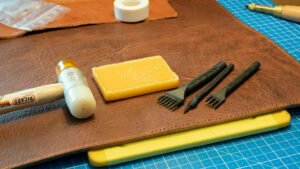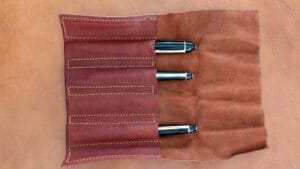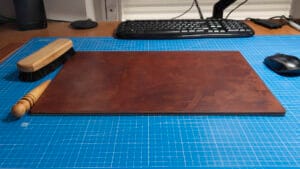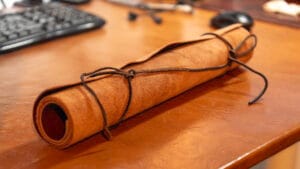Leather Types
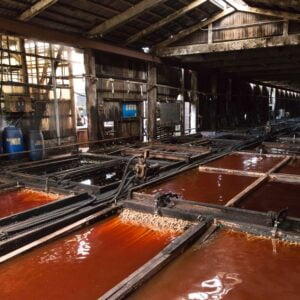
I’ve done some projects with leather recently. This material has been around for over 5000 years. In recent years, the classic vegetable tanning process has, for the most part, been replaced with chrome tanning. The former process takes many days, and oak-tanned pit leather can take over 6 months to chemically convert the raw hide into leather. Chrome tanning, on the other hand, can be achieved in a matter of hours.
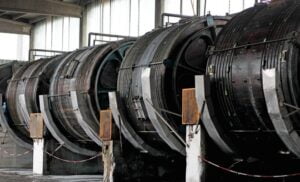
Each type of leather has distinct characteristics, and no type is necessarily superior or inferior. I’m a fan of classically vegetable-tanned leather because I like its characteristics and how it can age and patina gracefully over time, giving it the character and individuality that a natural material deserves.
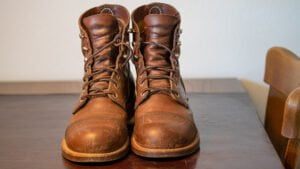
My work boots are made of chrome-tanned leather because that method produces a more water-resistant leather. Still, my dress shoes all have oak-tanned leather soles from the most renowned leather-sole producer, J.R. Rendenbach in Germany (which unfortunately shut down in 2021).
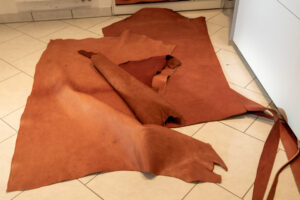
But for other leather items (except my motorcycle leathers), I only use vegetable-tanned leather. And since making things with leather isn’t all that difficult, just time-consuming, there are several items that I’ve made myself, and some of them are even worth showing around.
Leather Work
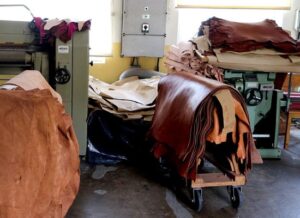
There are not many vegetable tanneries left; most production is chrome-tanned and outsourced to Asia. While online stores sell top-end American Hermann Oak or Wickett & Craig leather at a premium, I’m not at the stage yet where I need (or can appreciate) this premium product. So I’ve gone either for no-name commodity leather or for small regional tanneries, such as Lederfabrik Renz.
I’ve bought half-hides, bends, and other cuts of vegetable-tanned cow leather for my projects. Plus, some very supple goat leather. I’m starting slowly, with some straightforward items requiring little or no sewing. The only sewing I’m doing is the classic saddle stitch, which is simple, but tedious, to do manually.

Desktop
Leather makes for a great writing surface, and I've often had leather pads on my desks. But this time I wanted more; I wanted the whole desktop to be made from one piece of vegetable tanned leather.
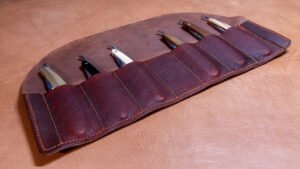
Razor Roll
I use a classic straight-edge razor for shaving, and used some extra goatskin leather to fashion a roll to store some of my blades that I use on a daily basis
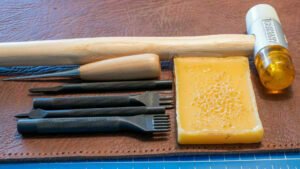
Work pad
A small project using vegetable tanned leather to make a work pad
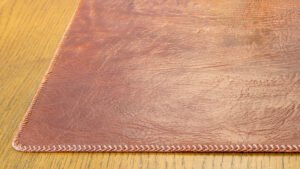
Work pad V2
A small project using vegetable tanned leather to make a work pad

